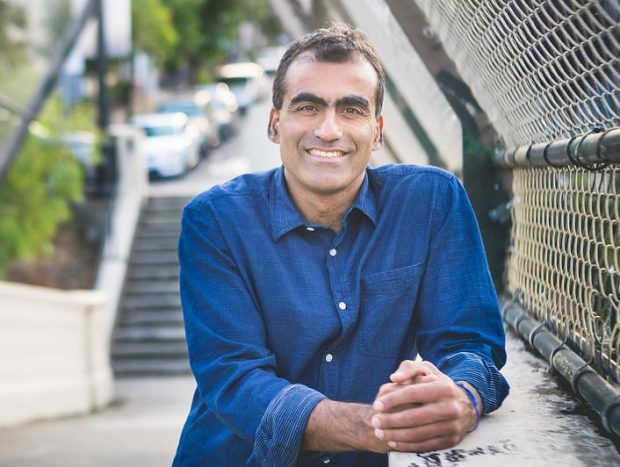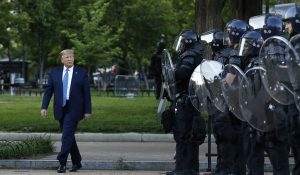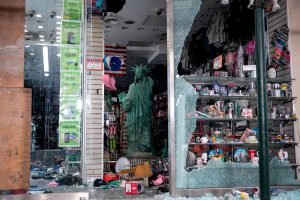Since the novel coronavirus arrived in California, public health departments have been collecting data about people who contract COVID-19, such as their type of home, their job, if they traveled and whether they had contact with somebody with the disease.
Rajiv Bhatia is a practicing physician and an affiliated assistant professor of medicine at Stanford University. He was a deputy health officer for San Francisco from 1998-2014.
We are four months into the epidemic and only a small fraction of that data has been made public. That’s a shame because the information might make everyone feel a great deal safer.
Every time someone tests positive for the virus, the hospital, clinic or lab must send a case report to the county. County disease control officials then send the report to state health officials and the federal Centers for Disease Control. In early May, the CDC created a uniform report form so that the data collected across the country could be standardized.
Counties in California have put some of the data that comes from these case reports, like the breakdowns of age and ethnicity, on their websites. But there’s much more data available that could help everyone better understand their risks. Unfortunately, counties are only releasing tidbits. Every county should be sharing this information and doing it in a uniform way.
What if people could know how many COVID-19 cases and hospitalizations come from nursing homes, clinics or shelters, learn which jobs are the most at risk, and find out how many cases happen in their neighborhoods? They might have a better sense of their own risks and feel more confident about being out in public, in restaurants or in shops.
And, what if we could know what share of infected people had contact with an infected person that they knew? We might learn that causal interactions with random strangers are low-risk.
A large fraction of COVID-19 cases might be from outbreaks at, for example, churches, food processing plants or prisons. What if we knew how many cases were part of these outbreaks and the kinds of places where outbreaks occurred? If parents knew outbreaks were not happening in schools, they would be sleeping easier.
Contact tracers look for an infected person’s contacts and get them into quarantine. What if we could see the weekly reports that public health departments use to see how many contacts have been traced and how quickly they’ve been quarantined? We would all know more about how many infectious people are left circulating in the community.
Sharing public health data would do more than shed light on our personal risks. It would help residents understand the work public health agencies do and build trust that people are being protected. That trust and understanding are critical for public health workers to do their jobs well and get the resources they need.
After months watching for an invisible enemy, many Californians have become fearful of going out. They’re uncomfortable with the idea of getting a haircut, going shopping or visiting a friend. People would value more information about their risks even if the data isn’t perfect.
Sharing data health departments routinely collect doesn’t require a new high-tech solution. Most countries that are winning the battle against COVID-19 want their people to know where the risks are higher and to understand how public health works. Singapore posts the location of every COVID-19 cluster. New Zealand publicly shares its contact tracing performance metrics. These countries are successful because they are doing old-school public health well and letting their citizens in on the facts.
A few weeks back, I asked Los Angeles and four health departments in the Bay Area to share more of the facts. They told me that I’d need to wait — that there is an emergency going on and they don’t have the time. But more sharing could help end the emergency.
If health departments need more resources to do this, they should ask. More sunlight on California’s COVID-19 data could make us all healthier.
Rajiv Bhatia is a practicing physician and an affiliated assistant professor of medicine at Stanford University. He was a deputy health officer for San Francisco from 1998-2014.



















